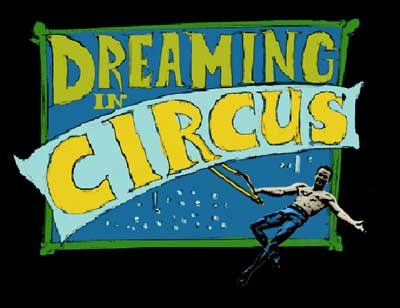Our Blog
Blog
Blog
Vet Your Editor’s Ego
December 10, 2009
ONE of the biggest reasons directors fire their editors is role confusion. Either the director thinks they’re an editor, or the editor is a closet director. In the indie world, job descriptions frequently overlap, but it’s useful to envision the director as the film’s captain and ultimate creative decision-maker. The editor is the first mate, a structural navigator, and storytelling specialist. Now, since you can’t afford to get this part wrong in today’s economy, how do you trust your editor to steer the right course while you maintain control of the ship? Tip #3 Vet Your Editor’s Ego One way…
Read More...Demand Business Savvy
December 9, 2009
IMAGINE that you’ve found an editor who understands your vision, listens well and has more awards than you as a director can ever hope to win. With a sense of relief you prepare to sign on the dotted line … but discover that your editor is reluctant. “We really can’t put deadlines into the contract,” says your potential editor, “We don’t know how long it will take to edit the film.” Five months later you are only at rough cut stage. Your post-production budget is spiraling out of control. The invoices keep coming. And your editor trusts you to pay…
Read More...Hire an Editor Who Shares Your Sensibility
December 8, 2009
YOU ARE getting ready to hire an editor and start asking colleagues for referrals. Soon you have a short list of top editors. You make a few phone calls. You quickly realize you either can’t afford these big names, or they aren’t available. Or perhaps, given our challenging economy, a few of them are actually wooing you … and yet… something’s not clicking. Something you can’t quite put your finger on… Tip #1: Find An Editor Who Shares Your Sensibility. The dictionary defines “sensibility” as “a mental or emotional responsiveness toward something”. In this case, that “something” is your film,…
Read More...Humor Delivers Activist Message in “Good Hair” Documentary
December 2, 2009
Black people should wear their nappy hair with pride. That’s the message I thought Chris Rock would drive home at the end of his humorous documentary essay on the hair styling habits of African American women. I was wrong. Narrator Rock starts the award-winning film Good Hair (2009) by introducing us to his two little daughters, one of whom thinks she has “bad hair”. “I wonder what she got that idea,” asks Rock. But the bulk of the documentary is not spent investigating the roots of Anglo-centric models of beauty. Rather, the documentary wisely takes a slightly different tack. The…
Read More...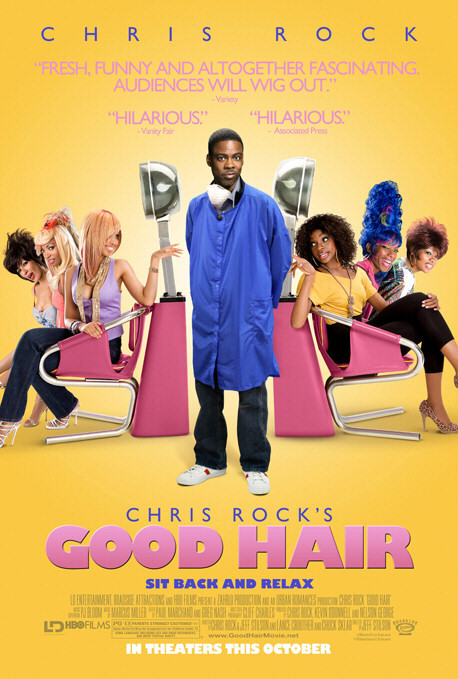
“Afghan Star” Documentary Uses Contest Structure to Build Suspense
December 1, 2009
I saw Director Havana Marking’s film Afghan Star (2009) this week. This character-driven documentary is structured around four contestants’ quest to win an American Idol style contest, an entertaining matchup that takes the formerly Taliban-ruled country by storm. Structuring a film around a contest is a tried and true method that I teach in documentary classes. Wedding the plot points of a character-driven competition with the intellectual points of a documentary essay makes for a highly watchable film. Witness the Oscar-nominated La Corona (2008), about a beauty contest in a women’s prison in Columbia; Mad Hot Ballroom (2005), about New…
Read More...
The Problem of Pacing
November 25, 2009
Having gauged the film’s direction with the help of a midpoint, many editors’ biggest challenge in act two is sustaining momentum. A screenwriter can plot progressive complications without being constrained by journalistic ethics, but what can a documentary filmmaker do if the actual chronology of conflict ebbs and flows rather than steadily escalates? How can he ramp up the action while staying true to the facts? Since act two is the longest act (a little more than half the film), it is imperative that the editor ratchets up conflict. Ideally, each barrier the protagonist faces should be more daunting than…
Read More...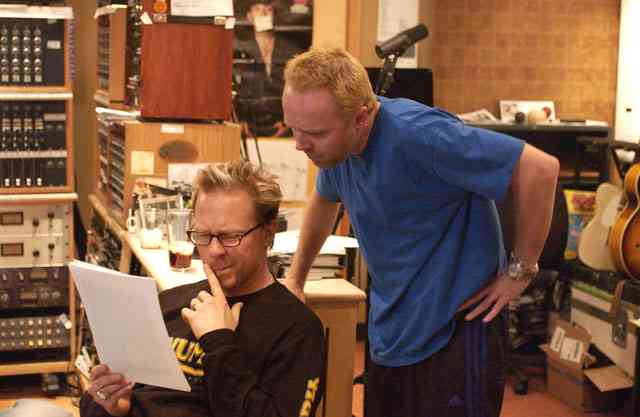
“The Cove” Weds Essay and Narrative Structures
November 24, 2009
Go see The Cove. I missed it at Sundance last year, but I finally saw it in a theater this week. If you are wondering how to structure your documentary, examine this brilliant example of a documentary film that weds a three-act narrative structure with a powerful essay format. Director Louis Psihoyos’ Sundance Film Festival hit follows a team of activists who seek to expose the dolphin slaughter in Taiji, Japan. The story side of the film starts with conflict: our activist hero Ric O’Barry, who trained dolphins for the Flipper TV series, is being followed by the Japanese cops.…
Read More...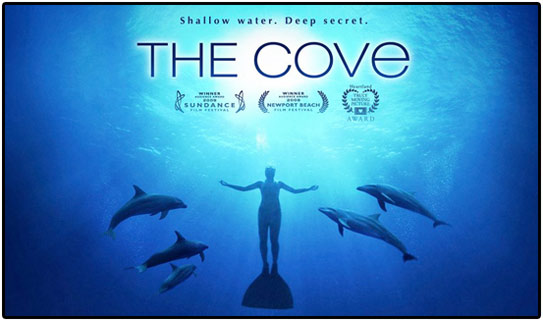
Documentary Film Schools
November 19, 2009
As a story consultant who creates educational resources that documentary filmmakers can apply in their own films, I was happy to see Documentary Magazine’s Fall 2009 issue, which focuses on education and training. Mitchell Block’s article points out an important flaw with many film school curriculums. The programs focus on technical skills rather than the editorial and business skills needed to thrive as an independent documentary filmmaker today. A few years ago, Block named U.C. Berkeley’s Graduate School of Journalism (where I teach editing), the number one documentary school in America. While Block didn’t pick a top school in this…
Read More...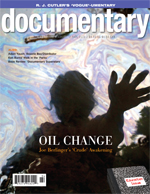
Antarctica Documentary Films Inspired Me
November 18, 2009
Next month I will be traveling to Antarctica for two weeks! I am excited to be manifesting a dream that was born watching the documentary film, The Endurance, at the Sundance Film Festival in 2000. The images from Shackleton’s legendary 1914 expedition astounded me. This vast, untouched, black and white wilderness called forth my sense of adventure and even reverence. Director George Butler urged us Sundance viewers to go to Antarctica as soon as we could, warning that the area would be rapidly changing. Fast forward 8 years. In December 2008 I created a vision board. Pictures of Antarctica have…
Read More...
Structuring Biographical Documentary Films
November 17, 2009
Last week I had the privilege of moderating The Lab’s Rough Cut series in San Francisco. The documentary-in-progress, Dreaming in Circus, was a biography of Tony Steele, a 72-year-old world-famous flying trapeze artist. Director Darin Basile, a first time filmmaker, had found a wonderful character in Tony, but he was wrestling with the film’s choppy structure. He encountered a problem that many makers of biographical documentaries face. How do you structure what often ends up being two stories? I ran into this problem in my own biographical documentary of Marlon Riggs, a gay black film maker with AIDS who created…
Read More...